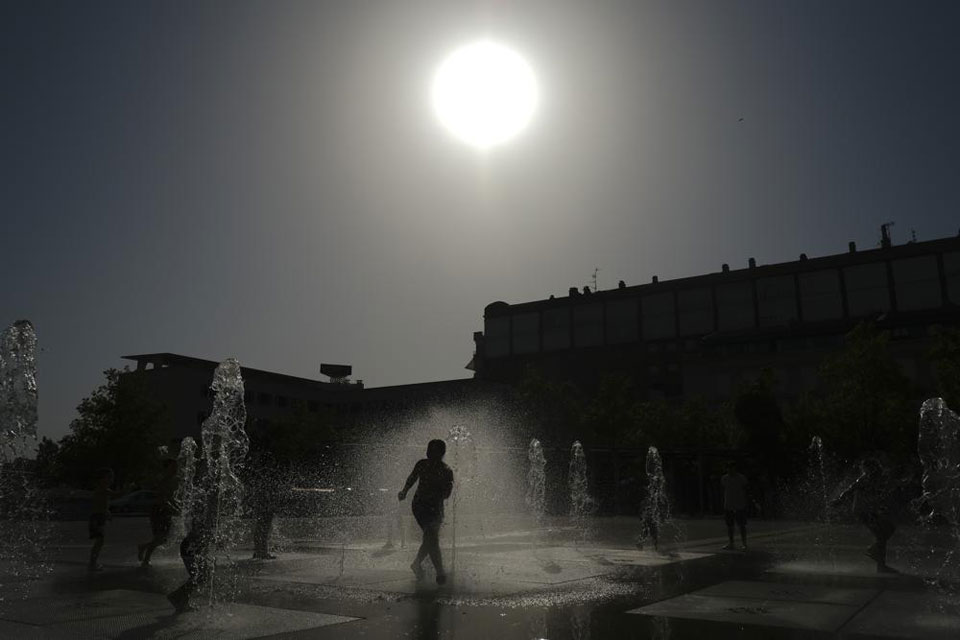
Europe broke heat records last year, and 2023 is shaping up to be no different. A winter heat dome descended on the continent right just in time for New Year’s Day, crushing thousands of standing high-temperature records. Eight countries — Belarus, the Czech Republic, Denmark, Latvia, Liechtenstein, Lithuania, the Netherlands, and Poland — set new all-time records for warmest January weather on the first of the month. The heat wave caused temperatures to rise up to 36 degrees Fahrenheit (20 degrees Celsius) above average for this time of year.
“This is exactly the kind of very abnormal event that is progressively rewriting global climatology,” Nahel Belgherze, a meteorologist in France, said in a tweet. Other experts based in Europe said the heat wave was unprecedented and alarming. Climatologist Maximiliano Herrera told CNN it’s “the most extreme heat wave in European history.”
Climate researchers say the science linking climate change to record-setting heat waves is indisputable. Analyses of more than 100 hot spells over the past decade have shown that modern-day global warming, the majority of which has been brought about by the burning of fossil fuels, made nearly all of them more likely or severe. For example, an unusually hot summer in Texas in 2011 and a summertime European heat wave in 2017 were made 10 and four times more likely by climate change, respectively.
It’ll take time for researchers to parse exactly how much rising global temperatures influenced this particular weather event. Abnormal heat is still moving through Europe as the heat wave mixes with Arctic air edging in from the northeast and dissipates. But it’s already abundantly clear that Europe just experienced a severe departure from the norm.
Poland broke its national temperature record before the sun had even breached the horizon on New Year’s Day when the town of Glucholazy hit 65.7 degrees F, according to the Washington Post. France broke more than 100 heat records that day. A town in western Belarus clocked a maximum temperature of 61.5 degrees F — the norm there in midwinter is 32 degrees F. The warm winter has turned famed European skiing destinations soupy and brown. Parts of the Alps were totally devoid of snow as of January 1; a major skiing competition set to take place in Switzerland next week will depend entirely on artificial flakes.
The extremely warm temperatures aren’t expected to stick around for much longer, but meteorologists say above-average temperatures could plague mainland Europe for at least another week.
This article was reposted from Grist.org.










